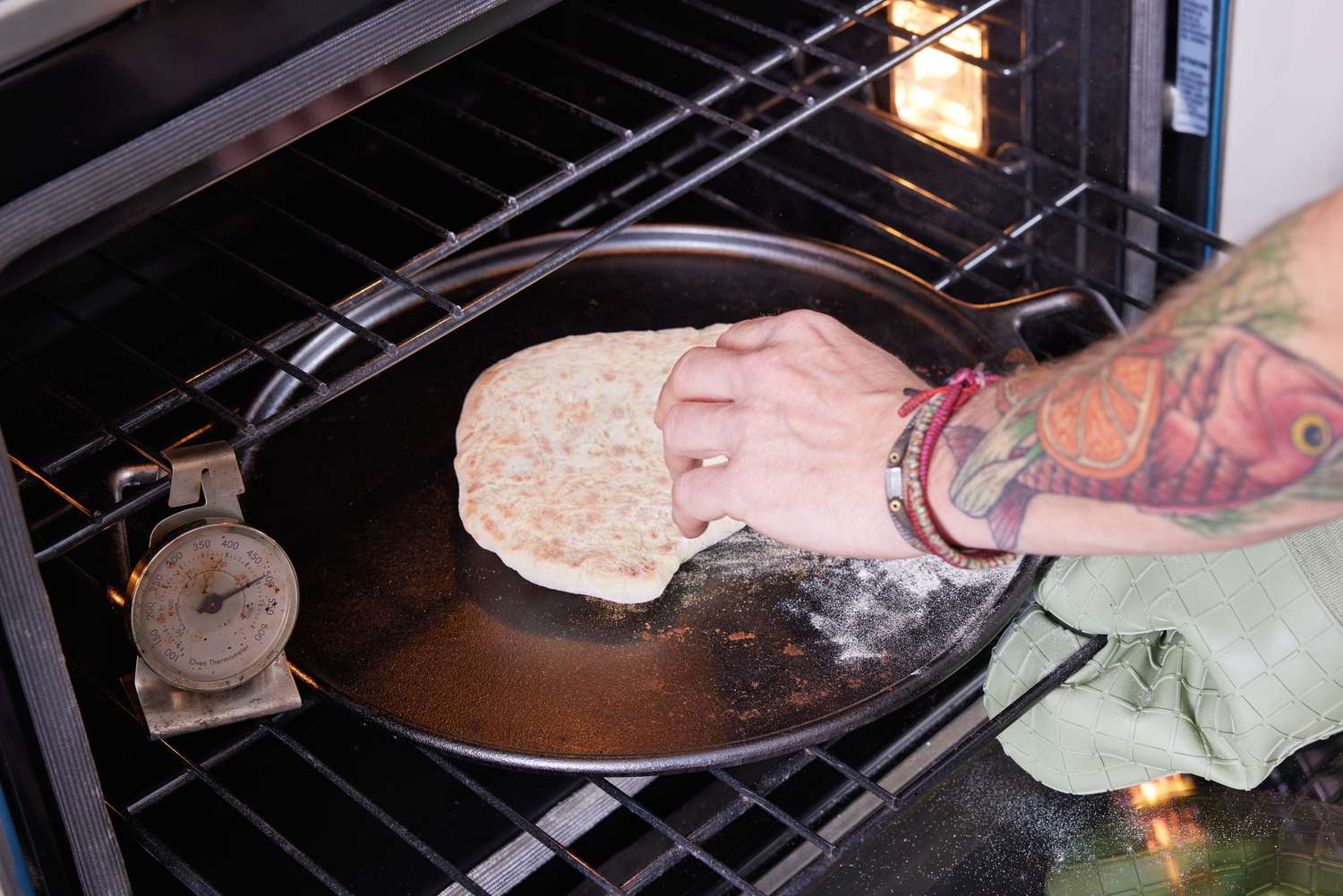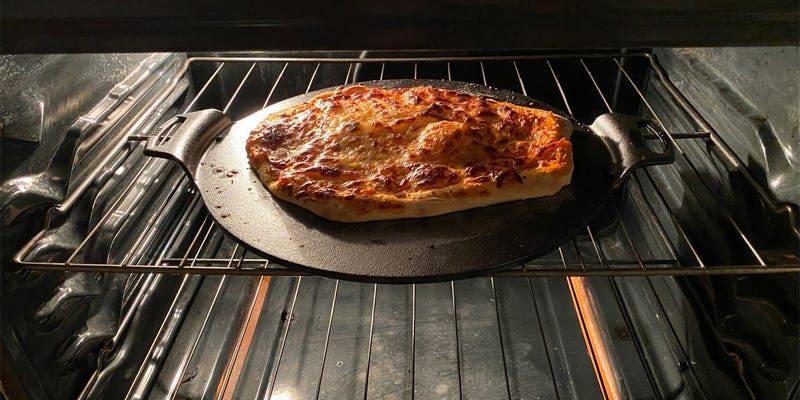In the world of professional cooking, the ceramic baking stone is an indispensable tool that chefs swear by. Whether you're perfecting artisan breads or creating an authentic pizza crust, its ability to evenly distribute heat and wick away moisture is unrivaled. As a kitchen professional, understanding the nuances of the ceramic baking stone can significantly enhance your baking endeavors.
Learn more about other baking stones that might suit your needs.

Why Choose a Ceramic Baking Stone?
Why should a kitchen professional consider integrating a ceramic baking stone into their culinary toolkit? First, its heat retention capability is superb. Once preheated, it maintains a consistent temperature that ensures even cooking or baking. The vital role of a stable baking surface cannot be overstated when aiming for that perfect dough rise or golden crust.
Furthermore, ceramic baking stones provide a unique porous surface that draws moisture away from the dough. The result? A delightfully crisp crust, whether you're baking artisan bread or a classic Margherita pizza.
For more insights on achieving perfect crusts, visit this guide.
Comparing Ceramic Baking Stone with Other Stone Types
When it comes to baking stones, material matters. Kitchen professionals often find themselves deliberating between cordierite, steel, and ceramic baking stones. The latter stands out for its affordable durability and versatile usage.
Compared to other stones, ceramic baking stones offer an excellent balance of thermal conductivity and moisture absorption. For chefs who demand precision and quality, it becomes an investment towards consistent baking results.
For more insights on baking tools, explore seasoning cast iron pans.
How to Properly Use and Maintain Your Ceramic Baking Stone
Ensuring your ceramic baking stone remains in prime condition is critical for longevity. Start by allowing the stone to cool before cleaning to prevent thermal shock. Avoid using soap; instead, scrub with a brush or scouring pad followed by a simple water rinse.
Proper preheating is also crucial. Place the stone in a cold oven, then slowly increase the temperature to avoid cracking. With these care tips, your baking stone will be a trusty culinary companion for years to come.
Incorporating Ceramic Baking Stone in Gourmet Cooking
Beyond bread and pizza, ceramic baking stones open doors to a myriad of other culinary applications. From cookies to roasted vegetables, their heat retention helps achieve an even, desirable result.
As you expand your cooking techniques, think of how a ceramic baking stone might enhance dishes you already treasure. Experimenting with side dishes, main courses, or even baked goods could transform your culinary repertoire.
Learn about versatile uses in cooking through these ideas.

FAQ
How do you prevent a ceramic baking stone from cracking?
Ensure that you place the stone in a cold oven and then gradually raise the temperature. Avoid placing frozen food directly onto the heated stone to prevent thermal shock.
Can I use a ceramic baking stone on a grill?
Absolutely! Many chefs utilize ceramic baking stones on grills to create a convection effect, enhancing the smoky flavor profile of their dishes.
Are there any alternative uses for a ceramic baking stone?
Yes, besides baking, they can be used as heat retainers for serving dishes, warming plates, or even as a griddle for flatbreads.
This article contains affiliate links. We may earn a commission at no extra cost to you.






Leave a comment
This site is protected by hCaptcha and the hCaptcha Privacy Policy and Terms of Service apply.